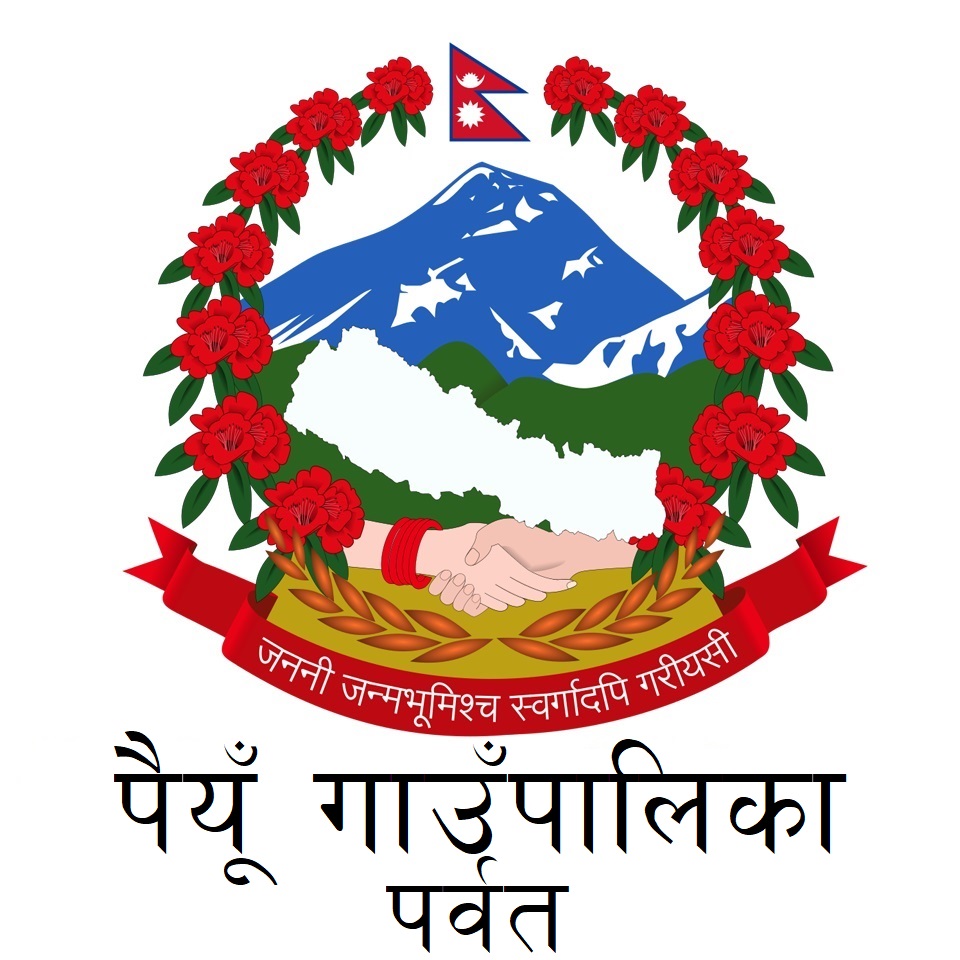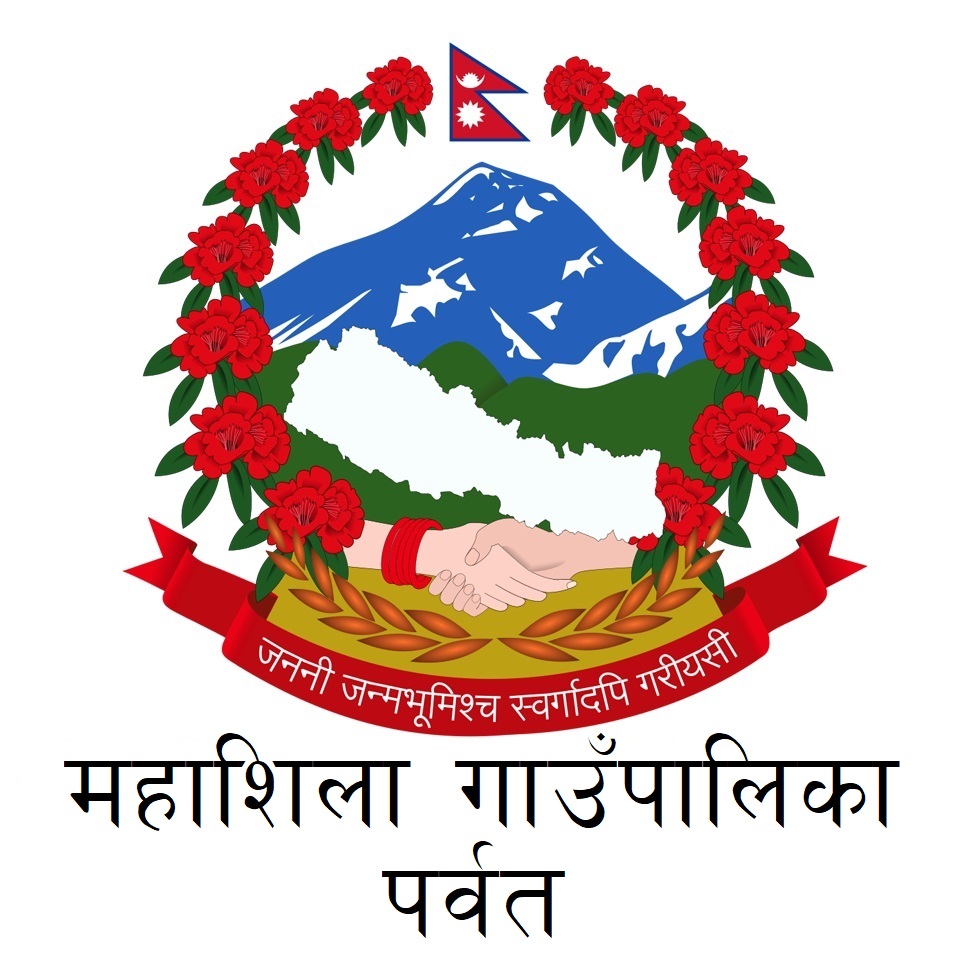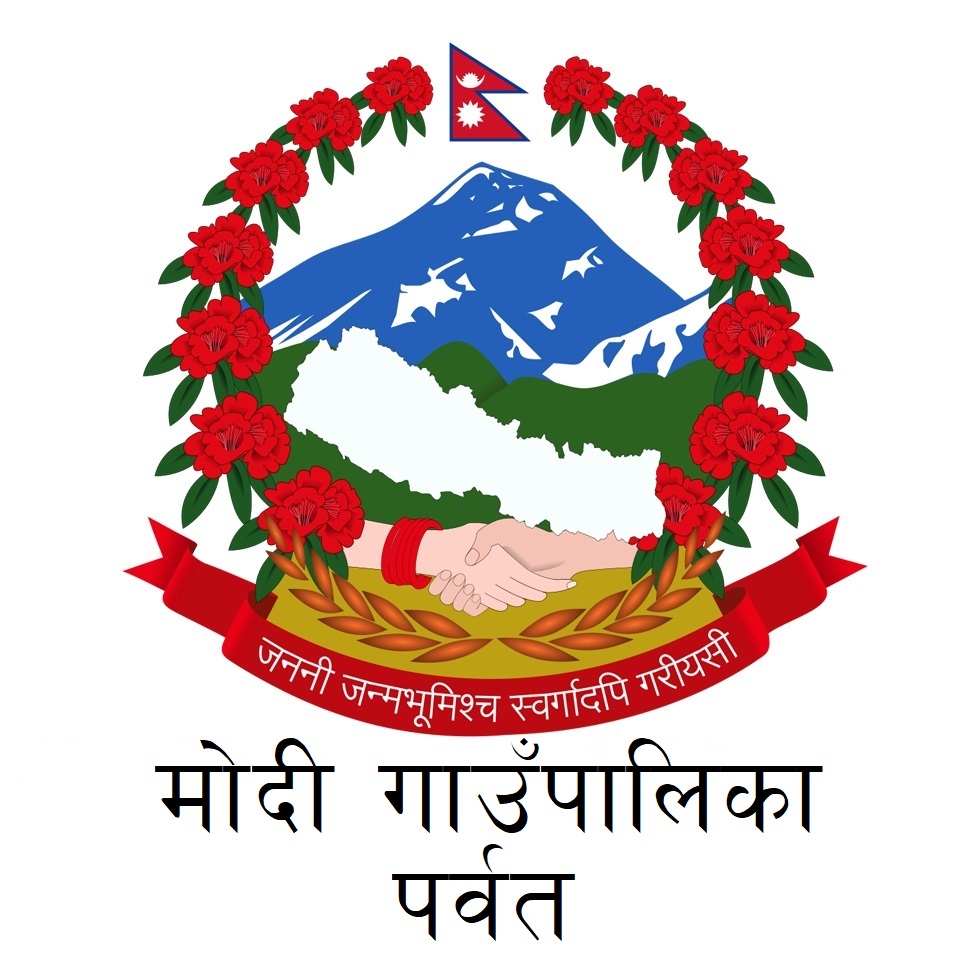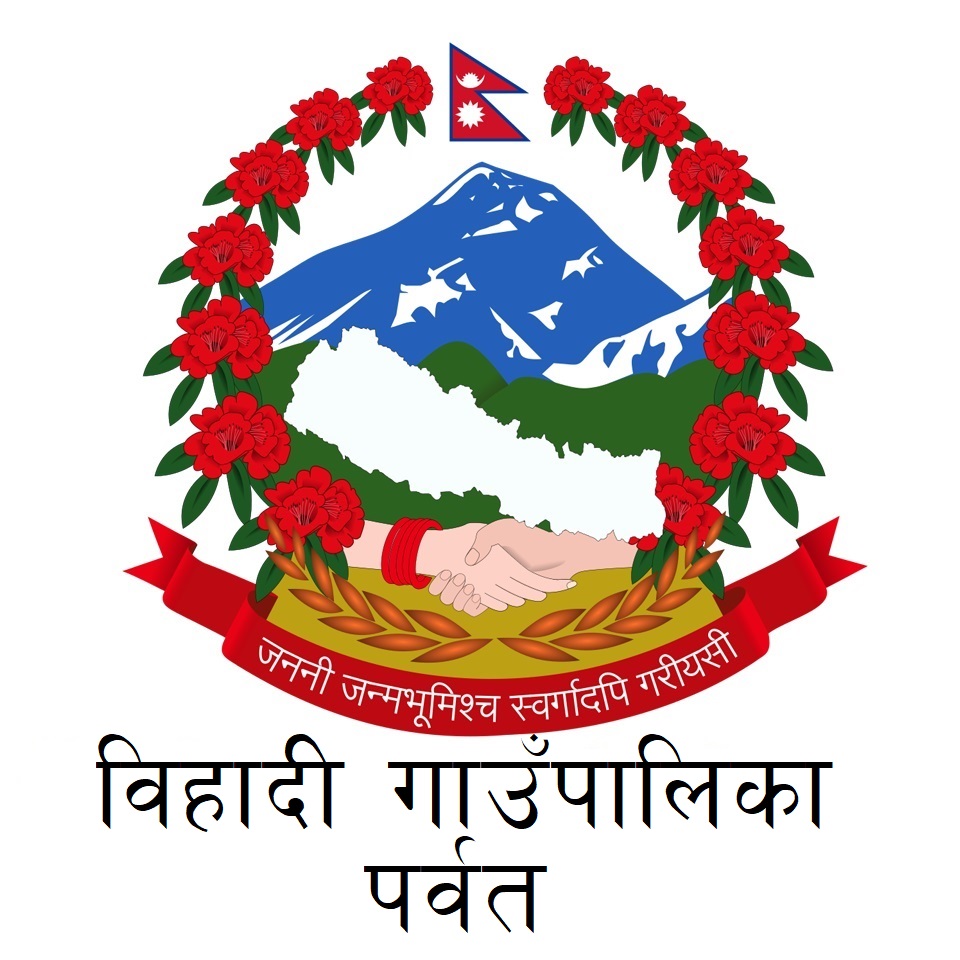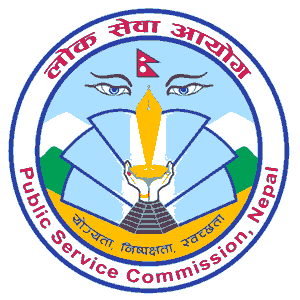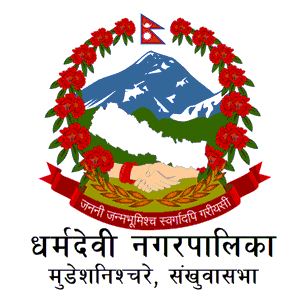Overview
Jaljala Rural Municipality (जलजला गाउँपालिका) was established in 2017 (2073 BS) as a local government of Nepal. The headquarters of the Jaljala Rural Municipality is located in Majhphant, Parbat district, Gandaki Province of Nepal. The Rural Municipality is known as Gaunpalika in the Nepali Language.
Jaljala Rural Municipality is surrounded by Modi Rural Municipality on the East, Myagdi and Baglung districts on the West, Myagdi district on the North, and Kushma Municipality and Baglung district on the South.
The total area of the Jaljala Rural Municipality is 82.26 km2 (31.8 sq mi) and the total population of the rural municipality according to 2011 (2068 BS) Nepal census is 21,454 individual. The density of this rural municipality is 260.8/km2 (675.5/sq mi). This rural municipality is divided into 9 wards.
This village is a mountainous and beautiful village with mountainous geographical structure, natural, cultural and social diversity. The historical and mythological calculator, extended to the high peak of Hampal mountain and famous Krishna Ganganki coast, this village is known as an area of strong potential for development of tourism, religious tourism, agriculture, and small enterprises. This area, which is filled with biological diversity, has many areas of birds, animals, trees, and herbs found in the area as a destination for tourism and religious tourism.
This village is located in 280 23 "29" north latitude and 830 34 '03 "to 830 38" 39 "east latitude 280 16' 01. The total area of this village is 82.26 sq km, and this village is spreading up to the height of 3000 meters to the sea level from 760 meters above sea level. According to the census of the year 2068, the total population in the 5561 households in the village is 21454. In which women are 11742 (54.73) and male number 9 712 (45.27)
Baskharka, Majhphant, Mallaj, Lekhphant, Dhairing, Nagliwang, Banau, and Salija Village development committees (VDCs) were incorporated to form Jaljala Rural Municipality. This rural municipality came into existence on 10 March 2017.



